If you are looking to create a gorgeous, easy care landscape that requires little watering or long-term maintenance – planting drought resistant perennials is a must!
Planting smart from the start with plants that can handle high heat and the scorching sun can make life a lot easier. Not only can it nearly eliminate watering chores, it can also keep water bills to a minimum as well.
When the summer sun starts burning, many plants begin to struggle. With too much sun and not enough water, they start to wither and wilt. For many plants, it can even spell the end of the line. But that is where drought tolerant perennials come to the rescue.
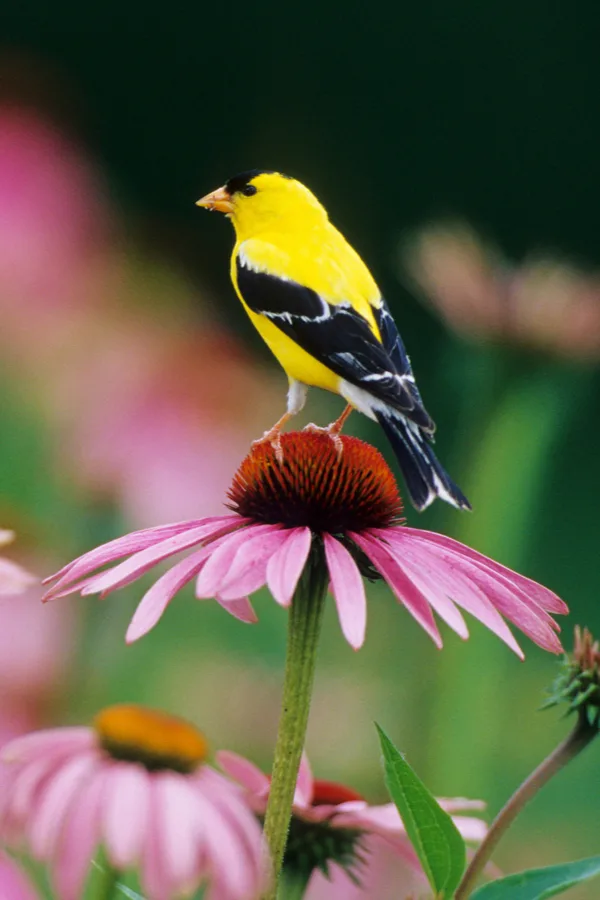
Drought tolerant perennials can stand up to the hottest of conditions. With many varieties, they even thrive in it. But just because a plant is drought resistant, it doesn’t mean they can’t be beautiful. In fact, many not only have gorgeous foliage, but intense and long lasting blooms too!
With that in mind, today’s article features 6 incredible perennials that can handle the sizzling heat of summer, and even better, do it in style with beautiful flair.
6 Beautiful Drought Resistant Perennials For Your Landscape
#1) Lupines
When it comes to low maintenance powerhouse perennials, Lupines are in a class all by themselves.
A member of the pea family, Lupines are a gorgeous blooming perennial that bring big, long-lasting flower power to your landscape. Unlike many perennials, Lupines can bloom at a near constant pace for up to a month or more.
With their tall, cone-shaped flowers that tower upwards, they attract a whole host of pollinators, from birds and butterflies, to bees, wasps and more. Even better, the plant actually helps improve the soil where it grows by helping to fix nitrogen levels.
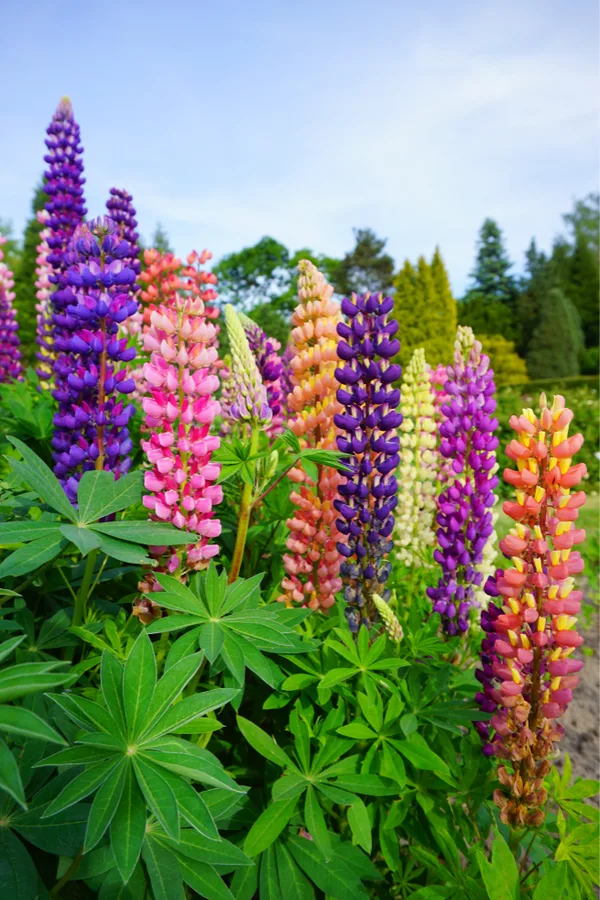
The long tap-root of a Lupine drives down deep in the soil, helping to break up dense soil structure. That long root also helps the plant draw moisture and nutrients from far below, allowing it to be highly drought tolerant.
Lupines perform well in zones 4 through 8. Not only can they handle full sun, they actually prefer it. In fact, for best blooming and performance, plant in a space that receives at least 6 to 8 hours of sunlight each day.
Individual plants usually only last a few years, but the plant is a self-seeder and will usually continue to put forth plants in the same space year after year. Lupines are one of the few perennials that are actually easier to start from seed. Seed Link : Lupine Seeds
Lupines are actually best grown from seed. Although they can take a full year to develop and fully bloom, the wait is certainly worth it.
#2) Coneflower
One of the more unique flowering perennials, Coneflowers (pictured at the top of the article) are an excellent choice when looking for a plant to be both colorful and drought resistant.

Coneflowers bloom with a flower that looks like an inverted daisy. The dark-seeded middle center protrudes up from the petals that form around it.
They can handle full sun and heat like no other plant, and rarely if ever need watering. Coneflowers also are an excellent choice to grow for those who love cut flowers.
Coneflowers can be found in a variety of colors, from purple, white and crimson, to a beautiful tangerine-orange. In addition to their drought resistance, they are deer resistant as well. The dark seed heads of Coneflowers attract hummingbirds and butterflies in droves making it an excellent pollinator plant. (See : How To Attract Hummingbirds With Plants)
#3) Blanketflower
Talk about a perennial with long-lasting blooms! Blanketflower starts to bloom in early summer, and keeps right on flowering into late fall. Not only is this tough perennial drought tolerant, it is deer-resistant as well. In fact, pests rarely if ever bother this gorgeous plant!
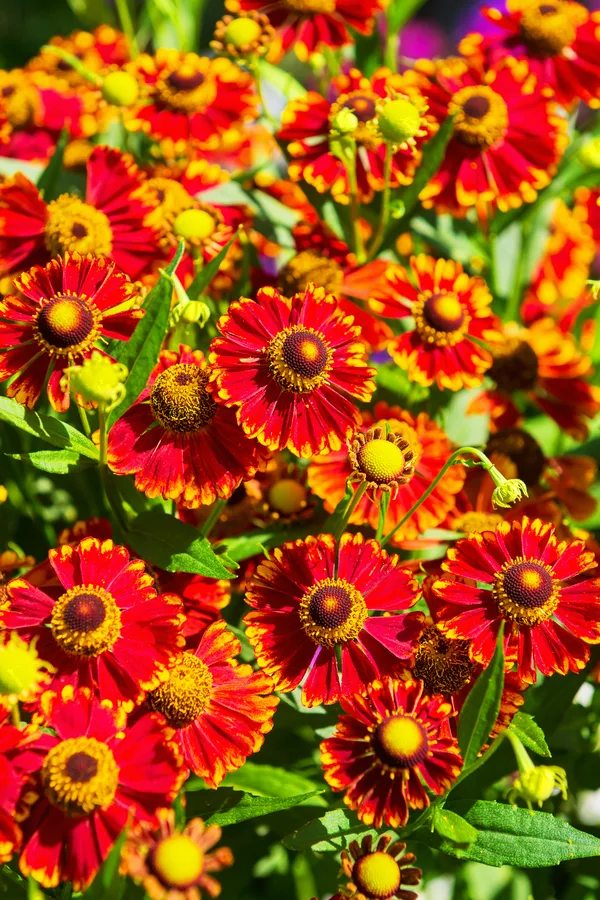
Blanketflower is a mounding plant that grows to a max of about two feet in height. The plant’s dense foliage begins to fill with gorgeous blooms in early summer. The blooms are sensational in color and interest, taking on a near daisy-like appearance.
Most varieties are hardy from growing zones 4 through 9, making them a good option for most climates. In addition to performing well in flowerbeds, they also are excellent for containers and pots too. See : Growing Blanketflower, The Longest Blooming Perennial Around
#4) Coreopsis
A member of the sunflower family, Coreopsis is native to the United States. This sturdy grower is known for long-lasting blooms that carry through all summer long, even in the hottest and driest of conditions.
Coreopsis is extremely drought resistant, able to handle long stretches without rain or watering. The moss-like foliage and its wispy blooms make quite a statement wherever they grow.
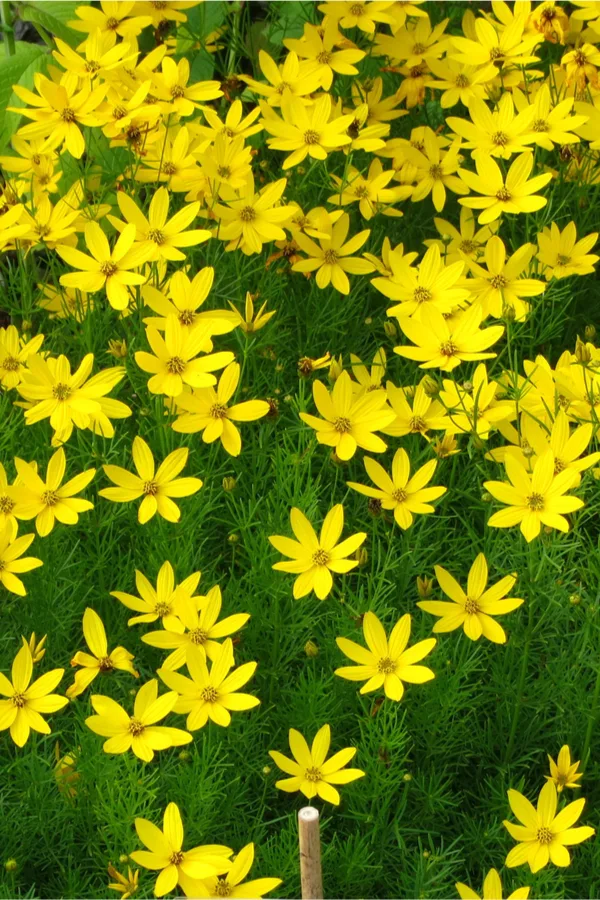
Coreopsis is one of the easiest perennials to grow. Much like Coneflower, the plant is wonderful for attracting birds into the landscape. Once established in the soil, it really is a “plant it and forget it” perennial. In fact, it will rarely require any maintenance at all.
#5) Perennial Verbena
Perennial Verbena is an excellent drought and heat-resistant plant with blooms that last from late spring to late fall. Not to be confused with the annual variety of the same name, perennial Verbena has strong staying power.
Verbena loves the sun and heat, so it can be planted in the sunniest and more arid portions of any landscape. It rarely if ever requires watering, and has the added benefit of attracting butterflies, bees and hummingbirds. Even better, it’s not attractive to deer.
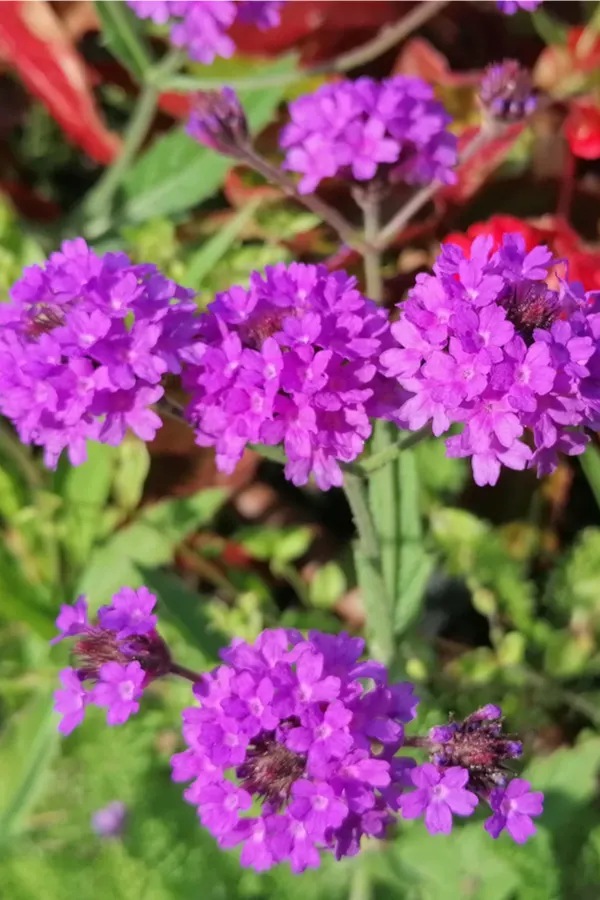
Most perennial varieties of verbena are red or purple, but there are also hybrids in white, pink and even magenta. The blooms are simply stunning to behold and can really light up a landscape. Plant Link : Perennial Verbena Plants
#6) Black Eyed Susan
Black-eyed Susan, like Coreopsis, is a relative of the sunflower. It also happens to be highly drought and heat tolerant. They easily stand up to full sun locations, and actually prefer it. Their yellow petals spread out from a dark center seed core, and look much like a miniature sunflower head.
Black-eyed Susan is wonderful for attracting birds, butterflies,and many other beneficial insects into the landscape.
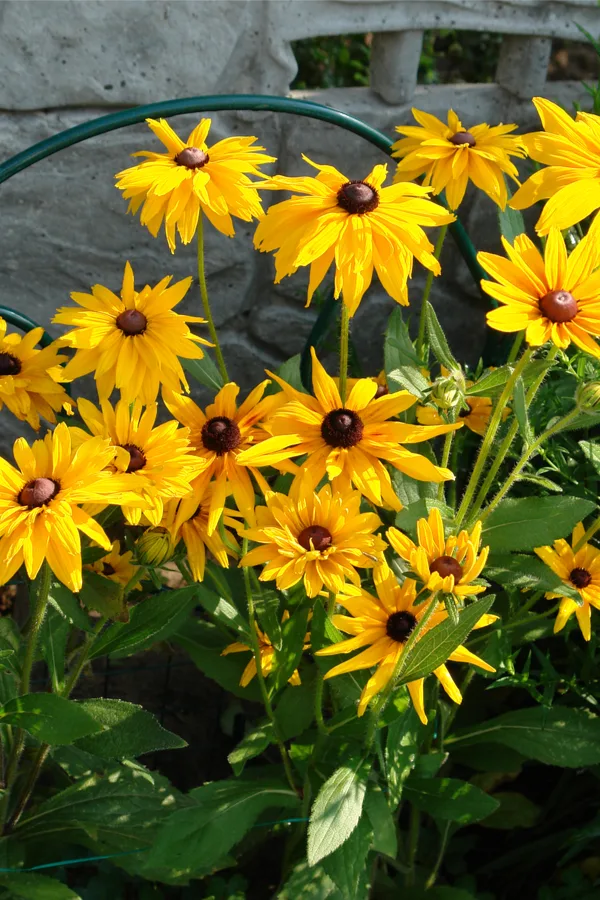
Plants grow 24 to 36 inches high, and produce flowers from June to August. Once established in the landscape, they rarely if ever need to be watered. Black eyed Susan will spread by seed or division. They transplant easily, making them great for filling in around the yard.
There you have it, 6 great drought resistant perennials to plant and enjoy – with little future work! Here is to adding color, interest and low maintenance beauty to your landscape with drought resistant perennials!
Follow Our Facebook Page For Great Gardening Tips And Advice! This Is My Garden Facebook Page
This Is My Garden is a garden website created by gardeners, for gardeners. Jim and Mary Competti have been writing gardening, DIY and recipe articles and books and speaking for over 15 years from their 46 acre Ohio farm. They publish three articles every week, 52 weeks a year. Sign up today to follow via email, or follow along!

